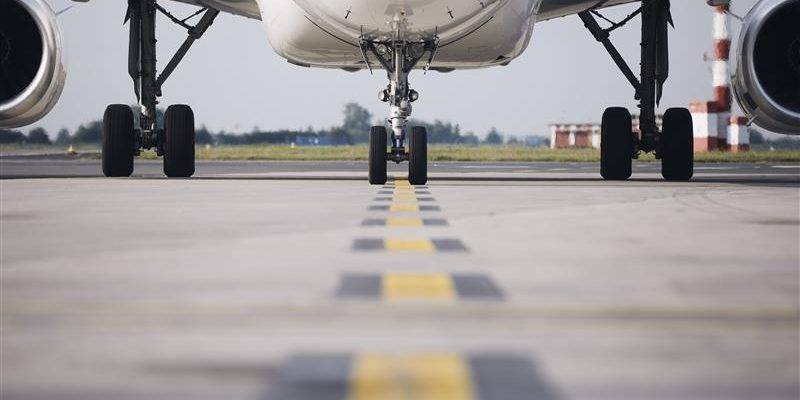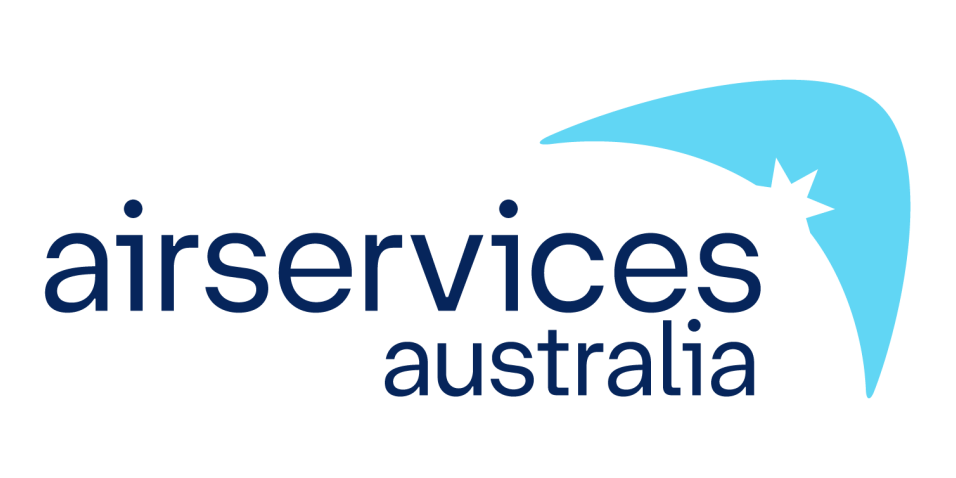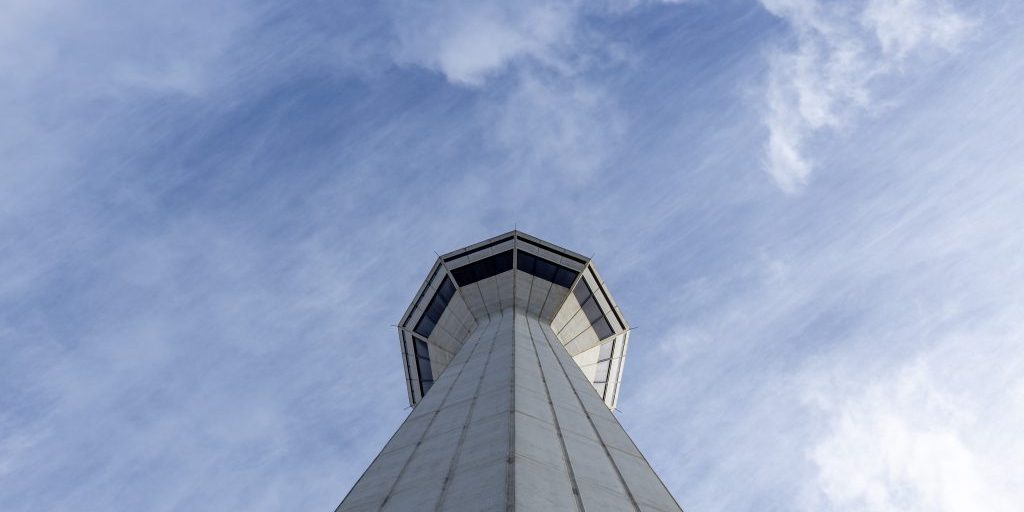Airservices’ Michelle Bennetts says more focus must be put on infrastructure planning if the industry is to overcome the challenges and disruption that drones will bring to the aviation ecosystem.
Addressing the Australian Airports Association (AAA) National Conference on the Gold Coast today, the Executive General Manager of Customer Service Enhancement said airports are well positioned to take advantage of commercial opportunities because they are the focal points of existing transport and distribution networks.
“They have the maintenance and certification facilities that will be required. They have experience in gaining community support, and they are already recognised and appreciated as huge job creators and business and commercial hubs,” she said.
“In the recent Skytrax survey six Australian airports ranked in the top 100 in the world- we have real expertise as a nation in running successful airports.”
But Ms Bennetts also said that airports must think about solutions now for a very different and disrupted future.
“There is a need right now for long term thinking and infrastructure planning for drone operations at airports. This may include hanger space, integration into flight operations, cargo transits, passenger management, and community consultation,” she said.
“Then there are the questions of landing pads, aerial device parking arrangements, changes to security processes and the impact on airport car parking and retail demand.”
“None of us knows exactly what the future will hold. It is quite possible that drones will open up new competitive pressures, both between airports themselves, and between airports and newly developed facilities near airports that we can now barely imagine.
“In the not-so-distant future, we may see a scenario where an autonomous cargo plane moves goods to the required destination, then robots or drones would be deployed from the plane to make the final delivery of the package, direct to the door of the purchaser.
“So there’s a race to get to the skies first with the best business models and the right mix of product and customer focus.”
Ms Bennetts also outlined the three priority areas of work Airservices is undertaking to prepare for new entrants.
The first is boundary integration, with Airservices working in partnership with CASA to install and commission passive drone detection systems across all 29 Australian civil aerodromes that have an air traffic control service.
Installation is almost complete and then options will be explored for the for the integration of Airservices’ detection and monitoring capability into the air traffic management system.
The second priority area is the development of new information based traffic management services and systems that support the exchange of information between unmanned aircraft systems to ensure the safe passage of multiple aircraft through shared airspace.
The third priority is to develop a better understanding of this future industry through broad engagement with industry participants, targeted research and economic modelling.
Read the full speech here.



